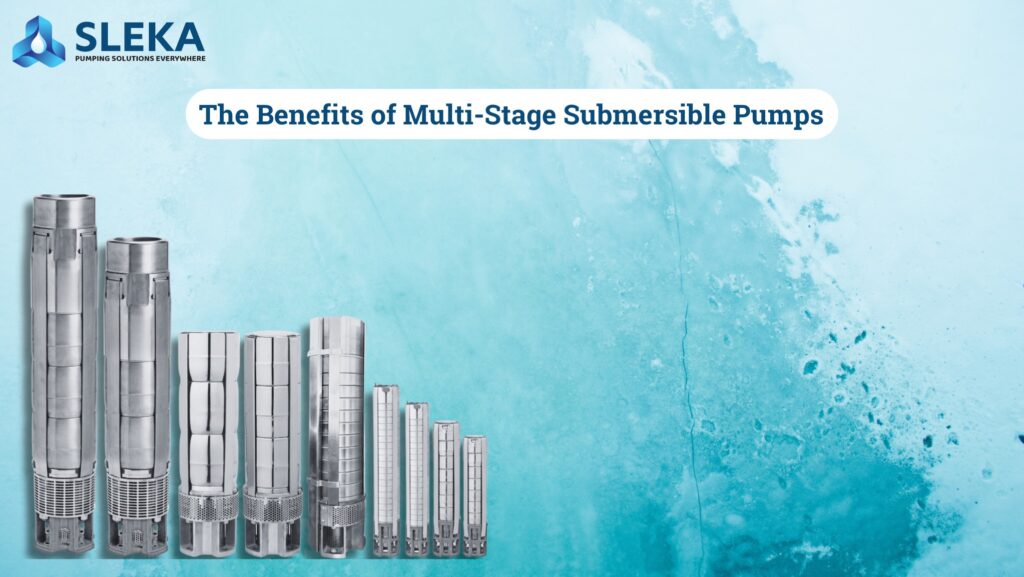10 Incredible Tips for Maximizing Your Multi-Stage Pumps
When it comes to efficiently transferring fluids, multistage pumps stand out as a vital component in various industrial applications. These pumps are designed to handle high pressure and flow rates, making them essential in sectors such as agriculture, construction, and municipal water systems. In this blog, we will explore the incredible benefits of multi-stage pumps and provide you with practical tips for maximizing their performance.
Understanding Multi-Stage Pumps
Multi stage pumps consist of multiple impellers stacked together, each adding energy to the fluid. This design allows them to achieve high pressures while maintaining a relatively compact size. The versatility of these pumps makes them suitable for various applications, from irrigation systems to fire protection and even in mining operations.
The Advantages of Using Multi-Stage Pumps
-
High Efficiency: Multi stage pumps can achieve higher efficiency compared to single-stage pumps, particularly in high-pressure applications. This efficiency translates into lower energy costs and reduced operational expenses.
-
Compact Design: Despite their ability to generate high pressure, multi-stage pumps can be designed to occupy less space than multiple single-stage pumps, making them ideal for applications with limited space.
-
Versatility: These pumps can handle a wide range of fluids, including clean water, chemicals, and slurries, making them suitable for numerous industries.
-
Durability: Constructed with high-quality materials, multi-stage pumps are designed to withstand harsh operating conditions, ensuring a long service life.
Tips for Maximizing Your Multi-Stage Pumps
1. Select the Right Pump for Your Application
Choosing the correct multi stage pump is crucial for optimal performance. Consider factors such as flow rate, total dynamic head (TDH), and the type of fluid being pumped. Consult with experts or refer to resources like Sleka to ensure you select a pump that meets your specific needs.
2. Regular Maintenance is Key
Regular maintenance is essential to keep your multistage pump functioning efficiently. Schedule routine inspections and maintenance checks to identify any potential issues before they escalate. Lubricate moving parts, check for leaks, and replace worn-out components promptly.
3. Optimize System Design
The design of your pumping system can significantly impact the performance of your multi-stage pump. Ensure that piping is appropriately sized and configured to minimize friction losses. Use the shortest and most direct routes possible to enhance flow efficiency.
4. Monitor Operating Conditions
Utilize monitoring systems to keep track of the pump’s operating conditions, such as pressure, temperature, and flow rate. By analyzing this data, you can identify trends and make informed decisions about when to perform maintenance or adjustments.
5. Utilize Variable Frequency Drives (VFDs)
Incorporating variable frequency drives into your system allows you to control the speed of your multistage pump based on demand. This adaptability can lead to significant energy savings and reduce wear and tear on the pump.
6. Invest in Quality Components
Using high-quality materials and components in your multistage pump system will enhance reliability and longevity. Consider sourcing from reputable suppliers like Sleka for submersible pumps and other essential components.
7. Train Your Staff
Ensure that your staff is adequately trained in the operation and maintenance of multi-stage pumps. Knowledgeable personnel can identify issues early on and perform routine maintenance effectively.
8. Implement a Backup System
In critical applications where downtime is not an option, consider implementing a backup pumping system. This redundancy ensures that you have a reliable alternative in case of pump failure.
9. Analyze Pump Performance
Regularly assess your pump’s performance using flow meters and pressure gauges. Analyzing this data can help you identify inefficiencies or areas for improvement.
10. Consider Upgrading Technology
As technology advances, new features and enhancements become available for multi-stage pumps. Stay informed about industry trends and consider upgrading your equipment when beneficial.
FAQ Section
FAQ #1: What are the primary applications of multi-stage pumps?
Multi-stage pumps are commonly used in applications requiring high pressure and flow rates, such as agricultural irrigation, fire protection systems, water supply for municipalities, and industrial processes.
FAQ #2: How do I know if my multi-stage pump needs maintenance?
Signs that your multi-stage pump may need maintenance include unusual noises, vibrations, decreased performance, or visible leaks. Regular monitoring can help identify issues early.
FAQ #3: Can I use a multi-stage pump for corrosive fluids?
Yes, many multi-stage pumps are designed to handle corrosive fluids; however, it is essential to select materials compatible with the specific fluid being pumped. Consult with experts or suppliers like Sleka for guidance.
FAQ #4: How do I calculate the required flow rate for my application?
To calculate the required flow rate, consider the demands of your application, including peak usage times and system design. It may be beneficial to consult with professionals who specialize in pump systems.
FAQ #5: What is the difference between a single-stage pump and a multi-stage pump?
The primary difference is that a single-stage pump has one impeller, while a multi-stage pump contains multiple impellers stacked together. This allows multi-stage pumps to achieve higher pressures without increasing the size of the pump.
Wrapping Up
In conclusion, understanding how to maximize the performance of your multi-stage pumps can lead to significant improvements in efficiency and reliability. By selecting the right equipment, conducting regular maintenance, and investing in quality components from trusted sources like Sleka, you can ensure that your pumping system operates at its best.
To know more about solar pumps in agriculture, visit Sleka.
To know more about Noryl impellers and diffusers, do visit Nobtech.


